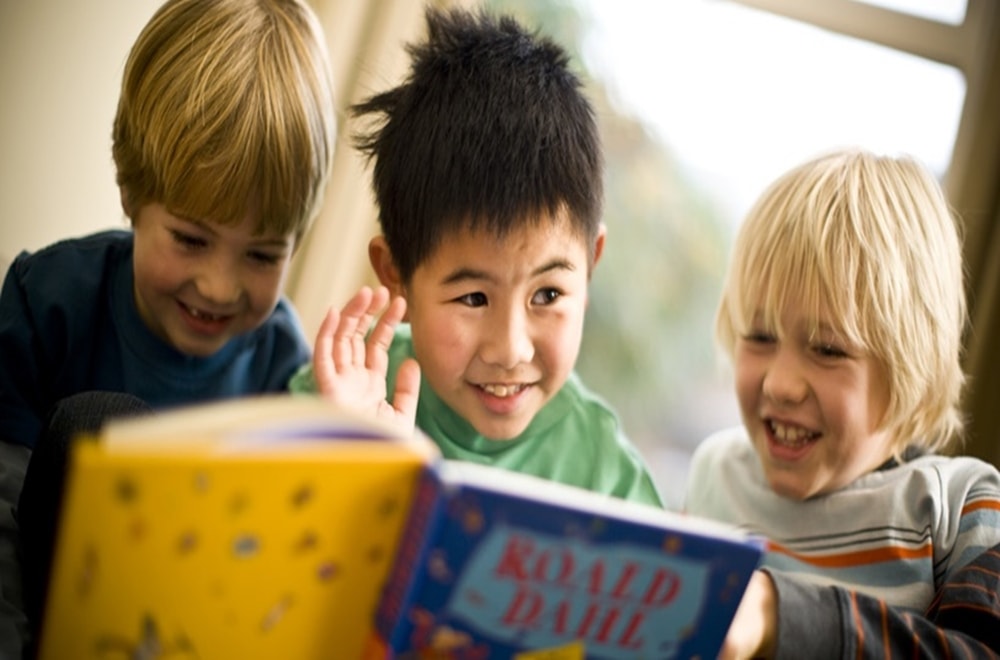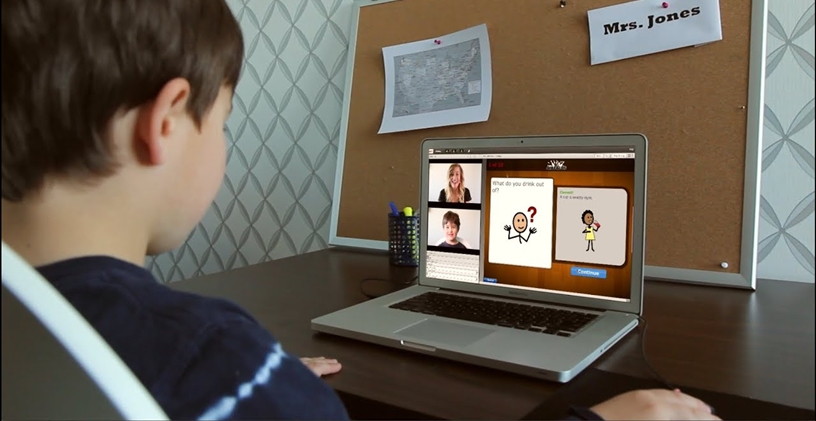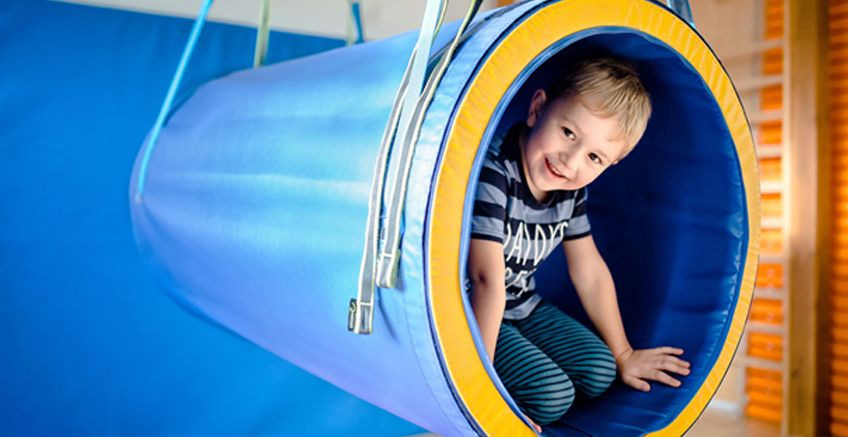Using a Word Web to Expand Vocabulary

This article focuses on how you can use a word web to expand the vocabulary of an elementary school-aged child (5-10 years) but these techniques can be used for older or younger children as well with some minor adaptations. This article presents a word web for mapping out a new word and as well as a word web for themed vocabulary.
Using a Word Web to Map Out a New Word
One way to expand your child’s vocabulary is to find new words and discuss them at length. You can do this by creating a word web that maps out the new word. Go through a book with your child that is at or slightly above his reading level. Pick out a word from that book that your child doesn’t know the meaning of. You could also do this with an assigned reading from school. Chances are those words will come up again. Draw the following word web on a piece of paper. If desired, stick that paper in a page protector so that you can write on it with dry erase markers and use it again.
Write the target word in the middle of the word web and then fill in the circles that surround it. Use another piece of paper if you need more room. Here’s what to put in each circle:
- Part of Speech: Include if it is a noun (person/place/thing), verb (action word), adjective (describes a noun), adverb (describes a verb), preposition (location word like on and in), conjunction (combining words like and/but), interjection (ah ha! Or uh oh!).
- Synonyms: Identify words that mean the same thing as the target word.
- Antonyms: Identify words that mean the opposite of the target word.
- Category: If applicable, talk about what category the word belongs to. If it is a noun, use categories like “foods” or “clothing”.
- Word Parts and Meaning: Break the word apart into as many pieces as you can that still have some sort of meaning. For example, the words “balls” can be broken down into the root “ball” and the plural “s”. “Ball” means the object and “s” means there is more than one. For another example, “repositioning” could be broken down into “re” (again), “position” (movement or placing), and “ing” (currently happening). On the other hand, “butterfly” cannot be broken down any further as it is its own thing. If you broke it down into “butter” and “fly”, it would have a completely different meaning. Talk about the parts of the word and what each one means. This will help your child learn to decode other new words when he encounters them.
- Function: If it is a noun, talk about the function of that object. If it is a different part of speech, talk about what role the word has in the sentence. For example, the conjunction brings two thoughts together.
- Descriptors: For nouns, use the five senses to describe the word. How does it feel, look, taste, sound, and smell? For verbs, include what adverbs you could use to describe the action. For the word run, you could use “quickly”, “slowly”, “staggeringly”, etc.
- Other Info: Include any other information that you have about that word.
After creating this word web with your child, he will have a much better understanding of what that word means. You could either erase these pages and start again (such as if you’re using dry erase markers), or put them together into a book for your child his own personal dictionary.
Make a Vocabulary Word Web
If your child is struggling with vocabulary from a particular unit or theme at school, try creating a vocabulary word web for common words that your child might encounter. Here’s what you can do. Pick a unit or theme and find an age-appropriate text about that topic. You can use your child’s textbook or find a book at the library. Go through the text with your child and pick out 20-30 words that seem to be key vocabulary for that unit.
Many textbooks with include a list of key vocabulary at the beginning or end of the chapter. Write all of those words on a piece of paper. Next, look at the list with your child and see if you can find similar traits that would allow you to group the words into categories on your word web. You could group them by part of speech (see the description above).
You could also group them by topic. For example, words about The Earth may be grouped by land, water, and sky. Once you have some groups in mind, create a word web that has your topic/unit in the middle in a circle. Then create more circles for your groups and have those branching off the topic. Finally, have each word in its own circle that branches off of one group. Here’s an example to get you started:
Keep creating these word webs and your child’s vocabulary will grow like crazy! You can even have your child decorate them and hang them where he can review them later.
References
This article was originally published by the Speech and Language Kids website. You can read the original version from here.







